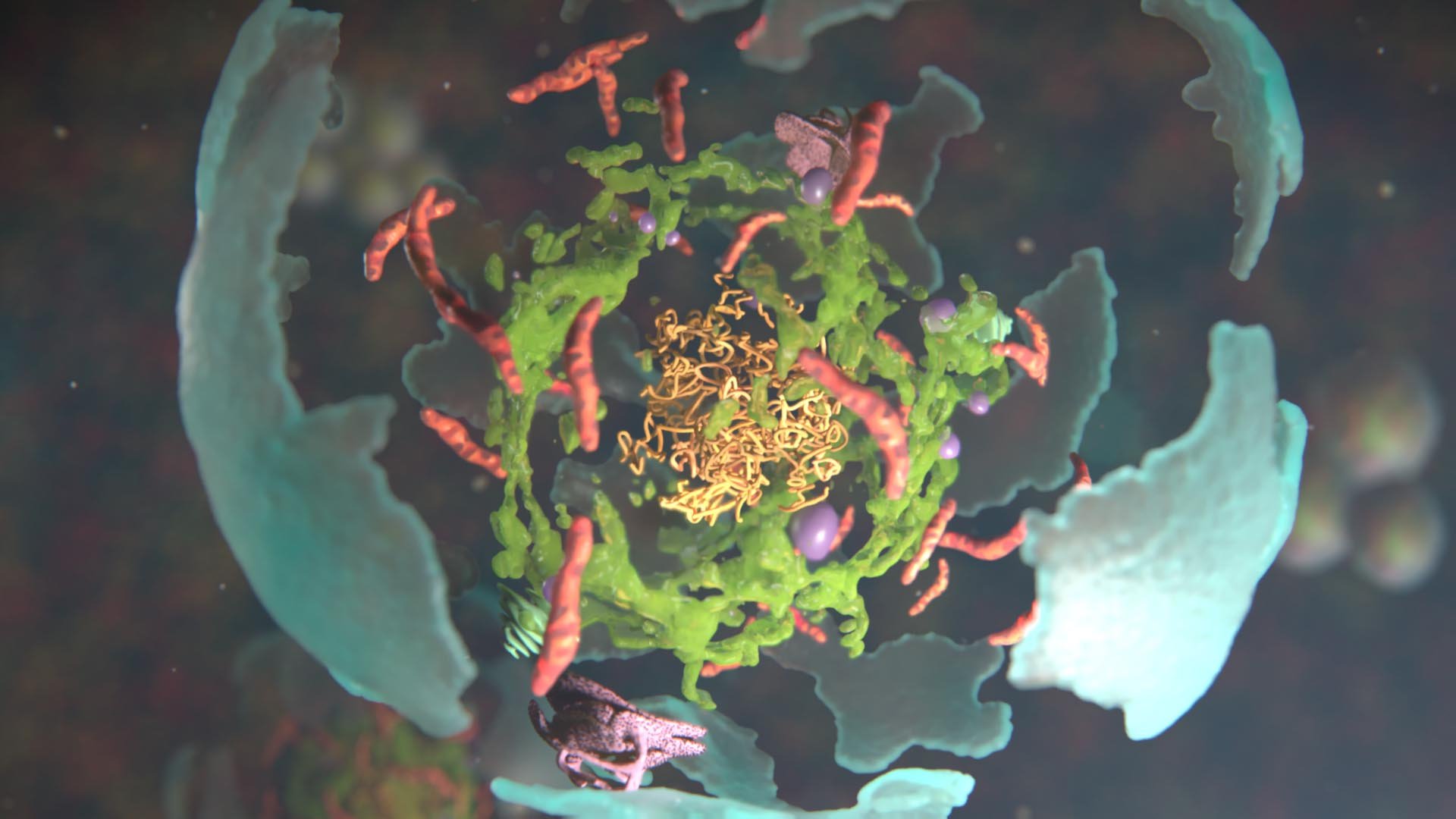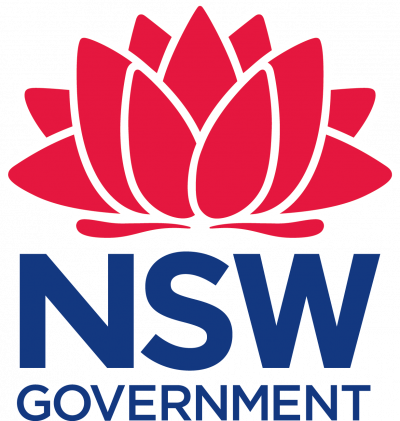
DNA barcoding – videos and learning modules (Stage 5, Stage 6)

Use this series of video modules to learn more about laboratory ‘tools of the trade’, good scientific practice, and technologies such as the polymerase chain reaction (PCR), gel electrophoresis and DNA sequencing.
ACTIVITY OUTLINE:
DNA barcoding is a genetic technique that scientists at the Australian Museum use to identify species and measure biodiversity. Watch all eight DNA barcoding modules on the Australian Museum website and discuss the guiding questions.
Put your skills and knowledge to the test with our DNA barcoding activity! You can use real DNA sequences from scientists in the Australian Museum Research Institute (AMRI) and bioinformatic tools in ‘DNA Subway’ to solve a scientific puzzle.
The modules and activity can be completed over a series of lessons or set as part of a longer unit.
IS THIS A FREE EVENT? Yes
BROUGHT TO YOU BY: Australian Museum
Event Details
Event Type
On Demand (available until: 02-Jul-2025 12:00PM)
Delivery Platform
Duration
Curriculum
Secondary
Syllabus Outcomes
Module 5: Heredity, Module 6: Genetic change
Main KLA, Strand, Sub Strand
Science and Tech » Biology
Other KLAs
Science and Tech » Living World 7-10
Learning Intentions & Success Criteria
Working Scientifically Skills
Questioning and Predicting
Students:
- develop and evaluate inquiry questions and hypotheses to identify a concept that can be investigated scientifically, involving primary and secondary data (ACSBL001, ACSBL061, ACSBL096)
Analysing Data and Information
Students:
- assess error, uncertainty and limitations in data (ACSBL004, ACSBL005, ACSBL033, ACSBL099)
- assess the relevance, accuracy, validity and reliability of primary and secondary data and suggest improvements to investigations (ACSBL005)
Problem Solving
Students:
- use scientific evidence and critical thinking skills to solve problems
Communicating
Students:
- select and use suitable forms of digital, visual, written and/or oral communication
- select and apply appropriate scientific notations, nomenclature and scientific language to communicate in a variety of contexts (ACSBL008, ACSBL036, ACSBL067, ACSBL102)
Presenter Bio
Mathew Sloane, Manager for Digital Education and Outreach
Mathew loves working at the interface between science and education. He has been an educator and researcher for 20 years, spanning primary to university level.
At the Australian Museum, Mat has a unique opportunity to engage with scientists and cultural experts to turn their ideas, knowledge and research into education resources and programs. He is particularly passionate about students learning about the beauty and value of nature through the practice of science.
Joining The Event
Technology and Materials Requirements
Using your browser
You can explore this resource’s videos using your browser.
To complete the activity at the end of the learning modules, read through ‘Background’, download the DNA trace sequences, use the online platform ‘DNA Subway’ and download the PDF under ‘Additional resources’.
If you have any queries please contact the provider
Name: Australian Museum
Phone: (02) 9320 6439
Email: [email protected]
Website: https://australian.museum/

